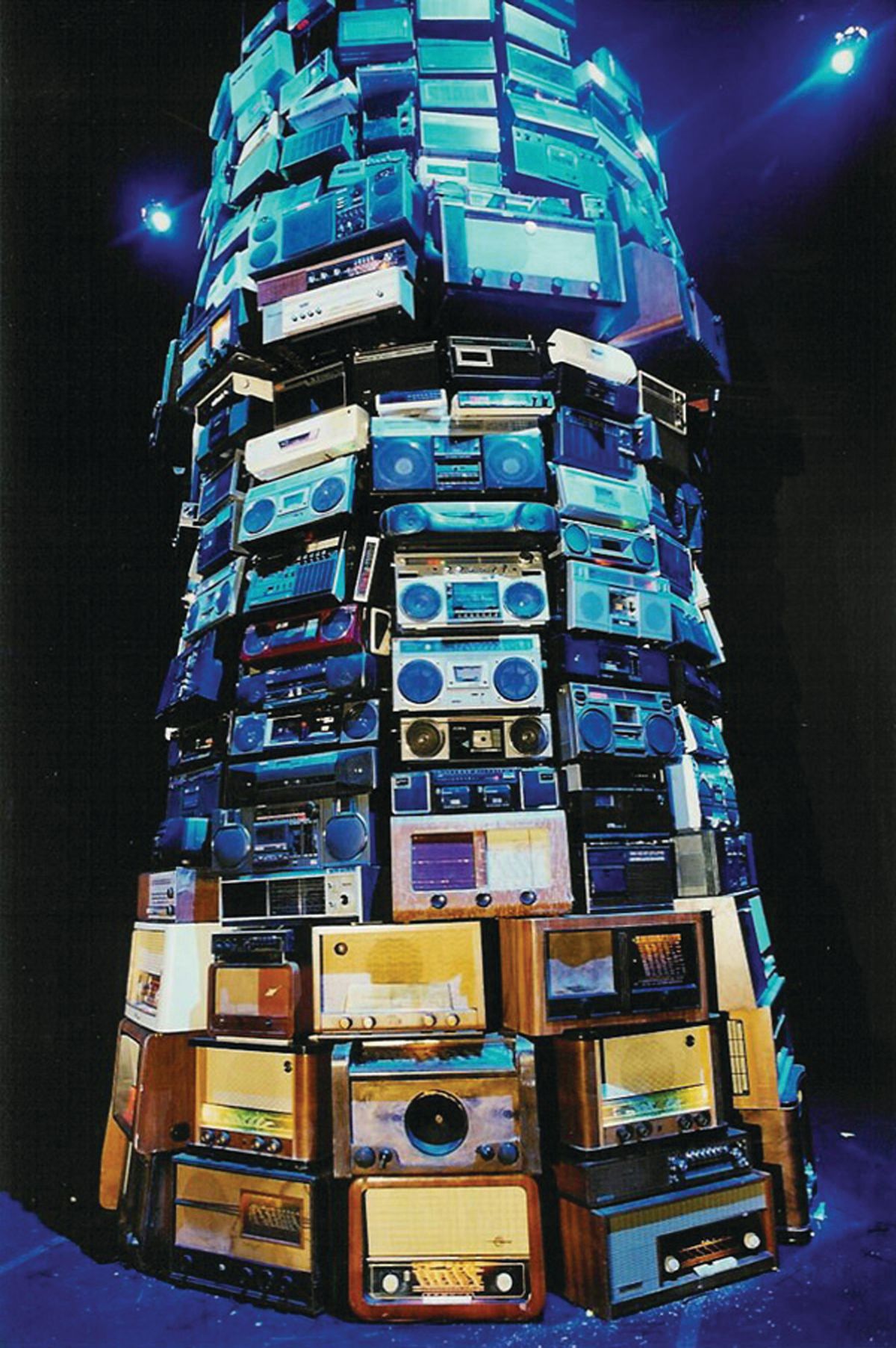Cildo Meireles’s Babel (2001)—a tower of around 800 vintage radios, each tuned to a different channel—will be one of the major installations on show in the new Tate Modern when its ten-storey extension is unveiled on 17 June. The Brazilian artist’s work, which Tate Modern’s director, Frances Morris, cites as an example of the museum’s expanded global vision, is also exemplary in another way: it is the Tate’s first joint acquisition with a private collector.
The work is co-owned with the Greek-born philanthropist Dimitris Daskalopoulos. The part-gift, part-purchase was also supported by Tate’s Latin American acquisitions committee. The museum will become its sole owner in 2028, 15 years after the deal was signed, a Tate spokeswoman confirms. In the meantime, “we have conserved the work...and will continue to care for it”, she says. Under the agreement, the work can also travel to Athens and elsewhere under the auspices of the D.Daskalopoulos Collection. The collection, established in 1994, has more than 500 works, including large-scale installations by top international and Greek contemporary artists.
Bucking the current trend, Daskalopoulos has said he has no plans to establish a permanent space for his collection. Instead, he intends to donate the works to public institutions. “I believe that a private collection depends on the passion and the drive of the individual. It becomes a time capsule of someone’s way of thinking and taste, which in the long term cannot remain relevant,” he told The Art Newspaper last year.
Tate has made previous joint purchases with institutions rather than collectors. In 2003, it acquired the video installation Five Angels for the Millennium (2001) by Bill Viola with the Centre Pompidou in Paris and the Whitney Museum of American Art in New York.


